Bags with Plaid print
Bags with Plaid print

-27%
Burberry
Chess Shoulder Bag White
$2,107.00
$2,872.00
Balardi

-54%
Versace
Handbags Blue
$445.00
$966.00
Yoox

MC2 Saint Barth
Colette Bag In Checked Wool Blend Red
$251.00
Balardi

Ralph Lauren
Rvrsble Tote Medium Tote Bag Beige
$263.00
Bernardelli

-19%
Burberry
Cotswolds Clutch Brown
$1,193.00
$1,469.00
Balardi

-38%
Versace
Handbags Blue
$831.00
$1,331.00
Yoox

-19%
Burberry
Cotswolds Clutch Black
$1,193.00
$1,469.00
Balardi

FREITAG
F250 Sonny Bag Blue / Grey Multi
$125.00
Slam Jam

-27%
Burberry
Chess Shoulder Bag Black
$2,107.00
$2,872.00
Balardi

-38%
Versace
Handbags Pink
$831.00
$1,331.00
Yoox

-21%
Burberry
Medium Highlands Shopping Bag Beige
$1,801.00
$2,281.00
Balardi
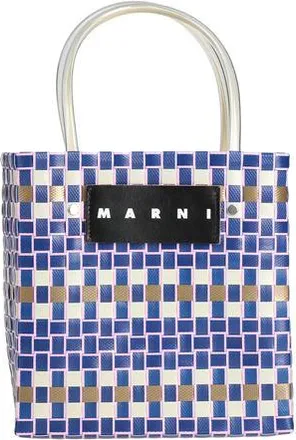
-59%
Marni
Handbags Blue
$228.00
$562.00
Yoox

FREITAG
F250 Sonny Bag Yellow Multi
$125.00
Slam Jam

-39%
Thom Browne
Handbags Blue
$855.00
$1,410.00
Yoox

FREITAG
F250 Sonny Bag Yellow / Blue Multi
$125.00
Slam Jam

-62%
Gabs
Handbags Brown
$172.00
$452.00
Yoox

FREITAG
F250 Sonny Bag Blue Multi
$125.00
Slam Jam

-49%
Marni
Handbags Green
$797.00
$1,575.00
Yoox

FREITAG
F250 Sonny Bag Blue / Grey Multi
$125.00
Slam Jam
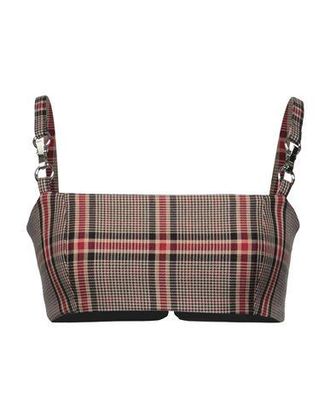
-66%
Rokh
Tops Beige
$140.00
$413.00
Yoox

-15%
Burberry
Beige Highlands Cotton Tote Bag-Uomo
$1,176.00
$1,390.00
Wanan Luxury

-58%
La Milanesa
Handbags Brown
$160.00
$378.00
Yoox

-42%
Bally
Handbags Brown
$506.00
$870.00
Yoox

-47%
Fay
Handbags Red
$272.00
$513.00
Yoox

-53%
Truss
Handbags White
$128.00
$270.00
Yoox

-26%
Save My Bag
Handbags Red
$78.00
$106.00
Yoox

-68%
Save My Bag
Handbags Red
$59.00
$184.00
Yoox

-40%
Roger Vivier
Handbags Gold
$834.00
$1,395.00
Yoox

-49%
Ferragamo
Handbags Black
$1,144.00
$2,259.00
Yoox

-49%
Maison Margiela
Handbags Brown
$1,119.00
$2,190.00
Yoox

-37%
Roger Vivier
Handbags Red
$1,019.00
$1,625.00
Yoox

-49%
Marni
Handbags Red
$1,119.00
$2,173.00
Yoox

-64%
Roger Vivier
Handbags Brown
$1,376.00
$3,850.00
Yoox
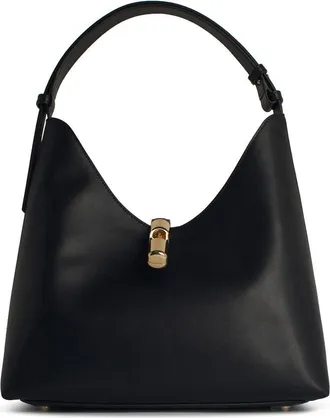
-44%
Furla
Hobo Goccia Black Lear Bag
$269.00
$477.00
Balardi

-32%
Emporio Armani
My Ea Small Shopping Bag Black
$289.00
$427.00
Balardi

-37%
Tory Burch
Tory Burch Eleanor Black Lear Crossbody Bag
$823.00
$1,305.00
Balardi

-26%
Love Moschino
Borse a Mano Donna Poliuretano Nero
$312.00
$421.00
Balardi

-23%
Pinko
Pinko Love One Mini Bag Blue
$337.00
$435.00
Balardi

-26%
Love Moschino
Borse a Spalla Donna Poliuretano Nero
$312.00
$421.00
Balardi

-26%
Marc Jacobs
Borse a Mano The tote bag Donna Tessuto Nero
$291.00
$391.00
Balardi
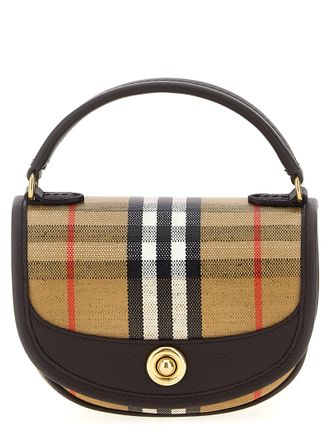
-19%
Burberry
Highlands Mini Handbag Multi
$1,273.00
$1,568.00
Balardi

-36%
Marc Jacobs
The Snapshot Crossbody Bag Multi
$417.00
$648.00
Balardi

-32%
Tory Burch
Tory Burch Kira Diamond Small Leather Shoulder Bag Black
$778.00
$1,142.00
Balardi

-29%
Emporio Armani
My Ea Small Tote Bag Brown
$302.00
$427.00
Balardi

-32%
Emporio Armani
My Ea Xs Shopping Bag Black
$268.00
$394.00
Balardi
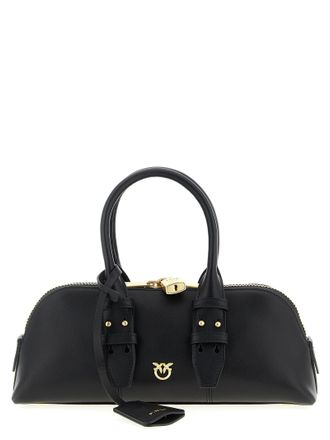
-26%
Pinko
Pinko Escape Baguette Small Handbag Black
$482.00
$648.00
Balardi

-36%
Marc Jacobs
The Snapshot Crossbody Bag Multi
$417.00
$648.00
Balardi

-43%
Emporio Armani
My Ea Xl Shopping Bag Red
$548.00
$969.00
Balardi

-14%
Pinko
Pinko Bags.. Brown
$472.00
$550.00
Balardi
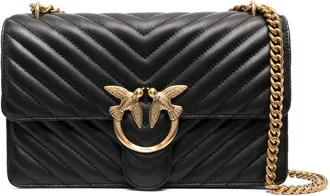
-14%
Pinko
Pinko Bags.. Black
$487.00
$567.00
Balardi
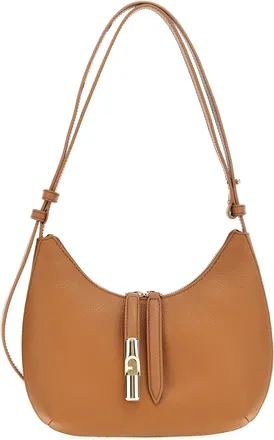
-14%
Furla
Furla Goccia S Shoulder Bag Brown
$367.00
$427.00
Balardi

Michael Kors
Bags.. Black
$308.00
Balardi

-26%
Tory Burch
Tory Burch Borse a Tracolla Eleanor Donna Pelle Nero
$1,183.00
$1,592.00
Balardi

-26%
Michael Kors
Borse a Spalla Heather xs Donna Tessuto Marrone/Acorn
$372.00
$501.00
Balardi

-39%
Emporio Armani
My Ea Medium Shopping Bag Brown
$292.00
$477.00
Balardi
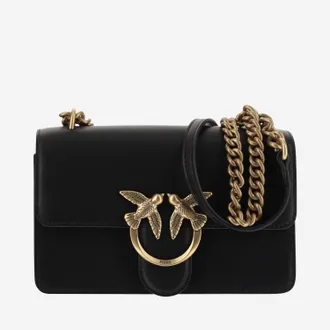
-31%
Pinko
Pinko Black
$302.00
$435.00
Balardi

-23%
Marc Jacobs
Marc Jacobs Beige
$497.00
$648.00
Balardi
This season’s trends
- Red shorts
- Tommy Hilfiger summer pants for men
- Sun hats for women
- Adidas shorts for women
- Brown leather sandals
- Cargo shorts for women
- Gold sandals
- Women's Clarks wedge sandals
- Teva sandals
- Keen sandals
- Skechers summer shoes
- Leather sandals for men
- White short sleeve shirts
- GAP shorts
- Linen pants for men
- Rain jackets for men
- Capri pants for women
- Summer jackets for women
- Summer jackets for men
- Silver sandals
- Clarks sandals for women
from multiple shops